For every high-end event, the LED display is almost an indispensable element – it is the “facade” of the venue layout, embellishing the specifications of the entire event, and providing event participants with a visual feast of various forms , but also added a lot of interactive fun.
Event planners talk about it and use it, but if they go deeper into understanding and distinction, or mention some professional terms, they are often confused and can only be “led by the nose” by the supplier…
What is a pixel?
What exactly are P1, P2, and P3?
What is the ice screen?
What are the LED display application cases are amazing
Let’s find out!
01.Physics Classroom: LED Terminology Encyclopedia
Basic classification of LED display
Indoor LED display

For use in indoor environments, this type of display has moderate brightness, large viewing angle, short color mixing distance, light weight, and high density, making it suitable for close-up viewing.
Outdoor LED Display
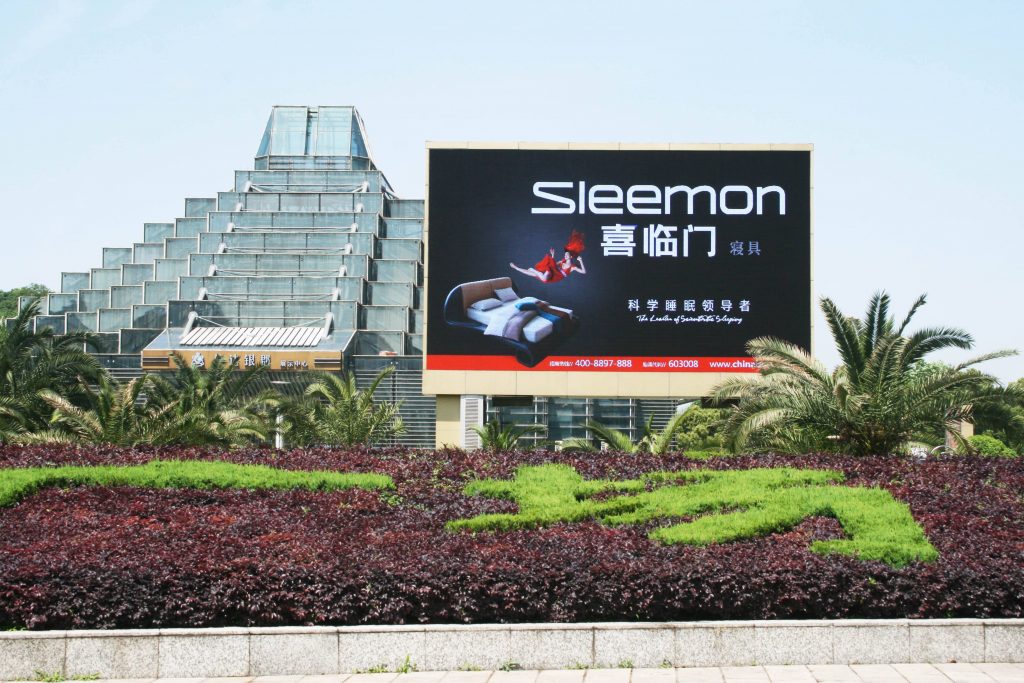
Used in outdoor environments, this type of display has high brightness, long color mixing distance, high protection level, strong waterproof and UV resistance, and is suitable for long-distance viewing.
Asynchronous screen
Most of them are graphic LED displays, which can display text, graphics, pictures and other information content. Offline display available.
Sync screen
Most of them are video LED display screens, which can display various information in real time and synchronously, such as 2D or 3D animation, video, TV, DVD and live video information content. The system always needs to work with an online computer, and display the image and text on the computer on the large LED screen.
pixel
It is the smallest imaging unit of the LED display. Commonly known as “dots” or “pixels”.
dot pitch
Usually expressed by P(Point) + number, it is the distance between 2 pixels, the unit is mm. The smaller the P value, and the denser the point spacing, the more pixels per unit area, the clearer.
02.Guiding maze: various parameters, how to choose?
After understanding the basic knowledge about LED, you need to enter the actual combat link – choose the appropriate LED screen according to the needs of the activity or project.
How to choose P1, P2, P3…?
As mentioned above, the smaller the P value, the stronger the ability to restore image details, and the more expensive the corresponding display screen. The choice of the P value mainly depends on the distance of the viewer. It can be calculated by the following formula:
The best visual distance of the advertising display = dot spacing/(0.3~0.8)
For example, for a display with a dot pitch of P16 (16mm), its best viewing distance is 20-54 meters. If you stand close, you may see the pixels on the display screen one by one, and the graininess is stronger; but if you stand far, it is difficult for the naked eye to distinguish the detailed features.
Therefore, the choice of the P value is not the smaller the better, and the optimal solution is to calculate the point spacing according to the visible distance of the activity.
Indoor commonly used LED display: P2 VS P3?
At present, many indoor LED display screens will use P2 or P3, which conforms to the calculation formula of the best viewing distance of the display screen to ensure better display clarity. Besides the difference in point distance, what are the other differences between P2 and P3?
Difference 1: Under the same screen area and model, the P2 display screen has a smaller dot pitch, so the displayed image will be more detailed and high-definition. At the same time, the smaller the dot pitch, the higher the price.
Difference 2: Since P3 has fewer pixels per square meter, the brightness is higher than that of P2. If the LED screen is placed indoors by the window, be sure to choose a higher brightness P3.
Difference 3: The point density is different. P3 density is 11W/square, P2 density is 25W/square.
Difference 4: P2 is an indoor small-pitch LED display model, which is often used in indoor places of government, agencies, and institutions, and has clear requirements for close-up viewing; P3 is an indoor high-definition LED display model, commonly used in conference rooms, lecture halls, and exhibition halls , projection, corridor aisle, etc. It is suitable for viewing distance of 3 meters, and the area is suitable for more than 4 square meters.
03.Case Award: Cool and Creative LED Display Effect
Case 1
High-tech – Ice Screen
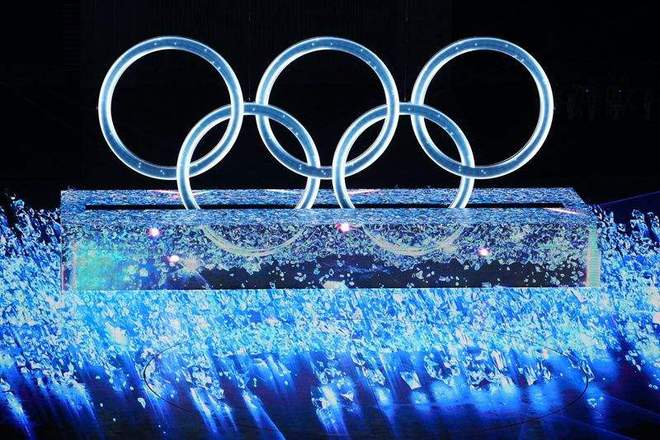
Ice screen is a new type of LED display technology. Stunning appearance at the “Beijing Eight Minutes” at the closing ceremony of the PyeongChang Winter Olympics. And was elected as the “Top Ten New Words in 2018” and “Top Ten buzzwords in Science and Technology in 2018”.
Has the following characteristics:
1. The thickness of the PCB board is thinner, and the permeability of the display screen is better;
2. The use of transparent LED lamp beads further improves the transparency of the display;
3. It is more convenient for users to use. By setting the LED playback control board on the display screen mount, additional control systems and playback equipment are saved, and the interface between the display screen and the outside world is simplified, and the LED transparent screen can be used as long as the power is plugged in. .
Case 2
Dynamic LED Display
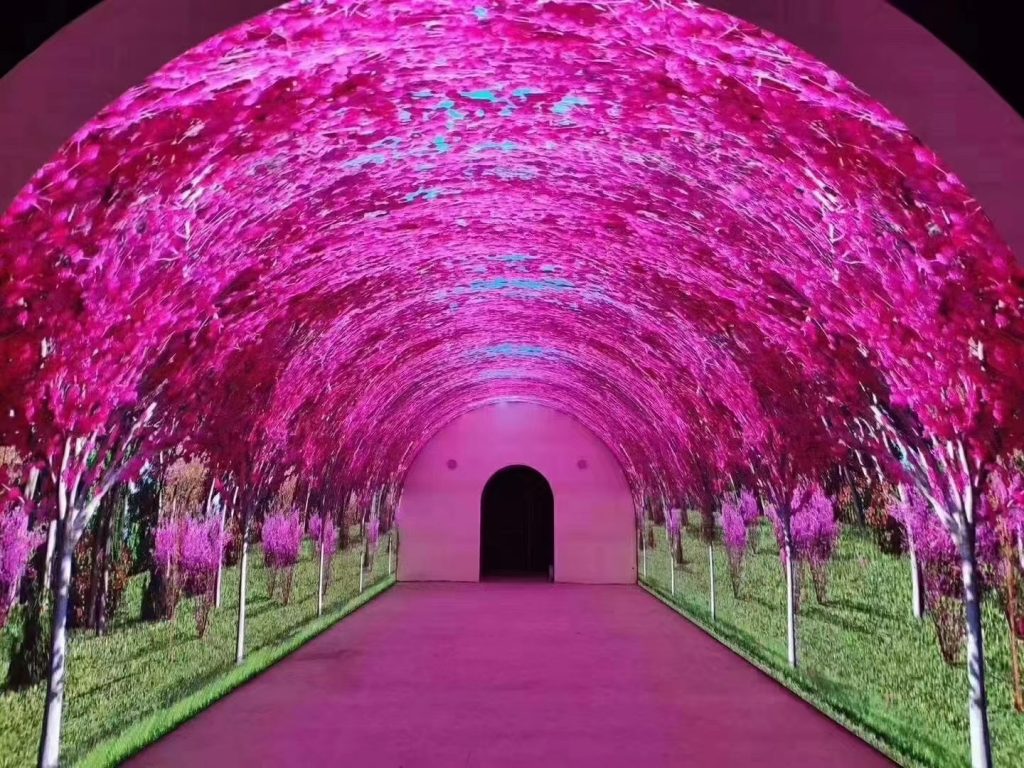
The outdoor multimedia LED display of SM Company is located in COEX Street, Samseong-dong, Gangnam District, Seoul, South Korea. The dynamic display of ocean waves makes the hot summer a little cooler, and adds a little vitality to the silent streets during the epidemic.
Case 3
Interactive LED Display
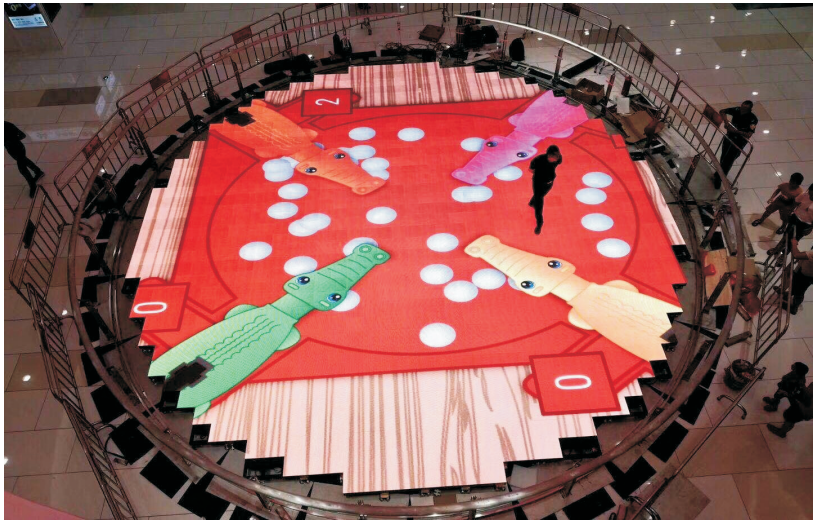
In the public area on the first floor of the Sukhothai Hotel Shanghai, there is a work of art – “The Four Seasons Millennium Kanda Map – Tian Ranzhuang”, located in the check-in lobby area. People and crops will change with the four seasons of Tianranzhuang in the morning and evening, and in real time, that is to say, if it rains in Tianranzhuang, this work in Shanghai will also show the scene of rain.
In its bar area, there is another artwork – “Flowers and People”, which is a digital art installation. The artwork itself will interact with passers-by. From budding to blooming, withering, withering, and disappearing, the flowers are all affected by pedestrians. Randomly generated after inspiration, that is to say, each passing person sees a unique “scenery”.
Case 4
Huge Interactive Digital LED Sculpture Installation
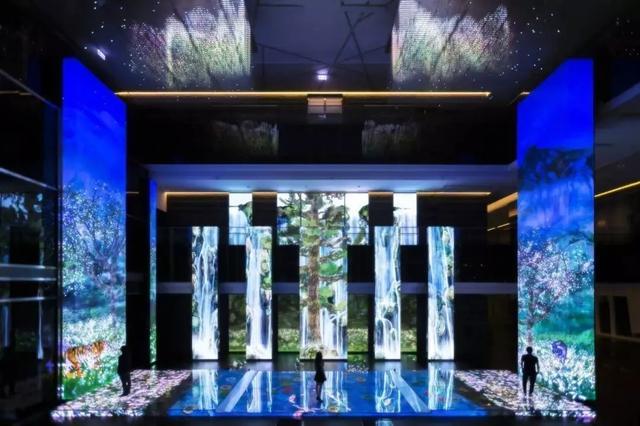
Rain, clouds, flowers, birds, the earth, the cycle goes back and forth. The work is not a pre-recorded animation, but is presented in real time according to a computer program, which changes according to the local time, season, temperature, weather, and the movements of passing pedestrians.
Case 5
Water Light Graffiti – Induction LED Device
The LED display screen covered with induction control, pouring a whole bucket of water, is like overturning the Milky Way and dropping a brilliant sea of stars. It can also be delicate and graceful, activate them with thin water droplets, and create exquisite pictures on this screen. So far, the work has been displayed all over the world. It is an art installation that perfectly combines technology and interaction. It is suitable for combining various themed activities with gorgeous visual effects.